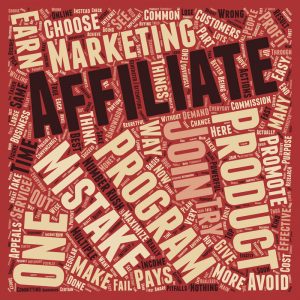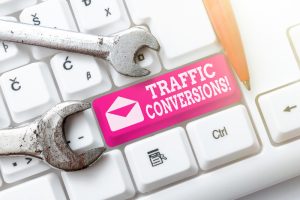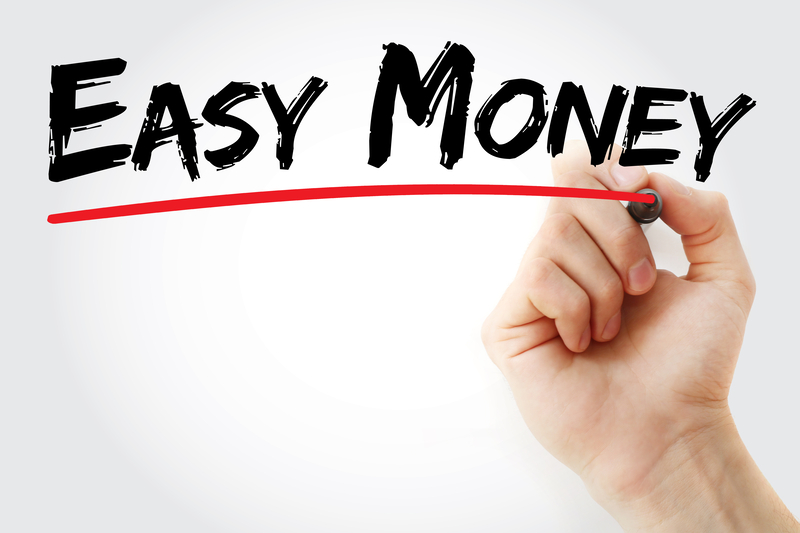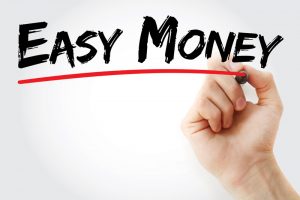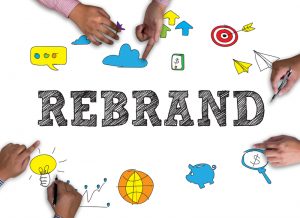Affiliate marketing is one of the quickest ways to start making money online. However, like all businesses, there are many potential pitfalls in an affiliate marketing business. The most common mistakes can cost an affiliate marketer time and money. Avoid these 3 common affiliate mistakes and you will be a lot more successful in a faster period of time.

1. Choosing the wrong affiliate program to promote.
Many people want to earn from affiliate marketing as fast as possible as soon as they hear there is money to be made. In their rush to be part of a lucrative affiliate program, they often choose a product that is not in strong demand, doesn’t have a high-paying compensation plan or even a product the affiliate is not really interested in.
To be successful, it’s important to do quality research first and ensure that the products you want to promote as an affiliate have a strong and growing demand in the marketplace, that the affiliate program has a generous compensation plan that will reward you well for your efforts, and that you truly have an interest in the products you will be promoting as an affiliate. When these criteria are met, you will have a much greater probability of success with your affiliate marketing endeavor.
2. Joining too many affiliate programs at the same time.
Since affiliate programs are very easy to join, you might be tempted to join too many affiliate programs at the same time in an effort to increase your earnings potential. You may think that there is nothing wrong and nothing to lose by being part of many affiliate programs at the same time.
It is true that developing multiple streams of income is an important key to financial success as an affiliate marketer, but the cost of joining too many programs at the same time will be a loss of focus and concentration on the primary program or programs that are providing your opportunity to earn additional income.
The result? The maximum potential of your affiliate program is not realized and the income generated will not exactly be as much as you were thinking it would. The best way to maximize your results is to join one core program, or a small handful of related programs within a specific niche market and focus your efforts primarily on learning how the programs work, and then implementing an effective marketing action plan to start promoting your affiliate products effectively.
The idea is to roll out your marketing strategy consistently, day-by-day until you are making the sales and income you aspire toward with the affiliate program or programs that you have joined. Once you have achieved your goals, you can always expand the portfolio of affiliate programs you belong to, and with your well-developed marketing skills, success in new affiliate ventures will always come easier. The key in the beginning of an affiliate marketer’s career is to become an effective online marketer.
3. Not buying the product or using the service you’re promoting as an affiliate.
As an affiliate, your primary purpose is to effectively promote a product or service to potential customers. For you to achieve this aim, you must be able to share the benefits of the product or service convincingly with the correct target market. This is a lot easier to do if you have purchased the product yourself, and have your own experiences with how it has benefited you. It also adds to your personal integrity and credibility as a marketer.
Some of the most effective affiliate promotions of all are personal reviews. Many successful affiliates setup review sites or videos online to promote products and services they believe in by sharing their personal experience (story) that they have had with the product. Most consumer’s buying decisions are either influenced or motivated completely by a personal recommendation they have received from a trusted source. If you can establish yourself as a trusted source by writing or recording honest and insightful reviews for products you are promoting as an affiliate, you will be far more effective than simply trying to advertise the product through other means.
Therefore, buy and try the product or service personally first before you sign up as an affiliate to see if it is really delivering on what it promises, and if it’s something you would be proud to promote as an affiliate. Your prospects will then sense the sincerity and truthfulness in your recommendations and this will lead to more product sales.
Many hopeful affiliate marketers fall prey to the 3 affiliate marketing pitfalls above, and don’t succeed in their affiliate marketing business as a result. Now that you are informed, you have the knowledge required to avoid these common mistakes and get your affiliate marketing business off to a profitable start and successful future.

